We’re on the ground here at the 6th Annual World Maker Faire in Queens, New York. This year the Faire is even bigger, extending out from the New York Hall of Science towards Flushing Meadows Corona Park.
Just i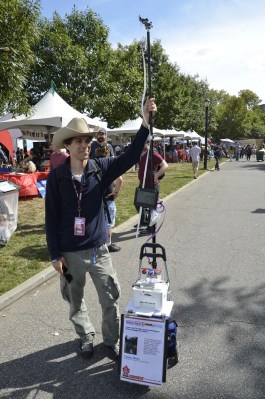 nside the gates, we ran into [Tommy Mintz] who was showing off his improved portable automated digital photo collage (IP-ADC). Tommy has connected a Raspberry Pi and its camera on a long extension cable. The camera resides high up on a monopod, giving it a bird’s eye view of the area. The Pi first captures a background image, then grabs shots of things that change within the scene. The resulting collages range from hilarious to the surreal. The entire system is mounted on a cart and powered by batteries.
nside the gates, we ran into [Tommy Mintz] who was showing off his improved portable automated digital photo collage (IP-ADC). Tommy has connected a Raspberry Pi and its camera on a long extension cable. The camera resides high up on a monopod, giving it a bird’s eye view of the area. The Pi first captures a background image, then grabs shots of things that change within the scene. The resulting collages range from hilarious to the surreal. The entire system is mounted on a cart and powered by batteries.
[Tommy] hooked us up with the WiFi password, so we were able to download photos directly from the IP-ADC. Less technologically inclined folks would be able to grab physical prints from the on-board Epson photo printer.
We’ll be reporting what we see here at the faire, so drop us a tweet @hackaday if you want us to stop by!



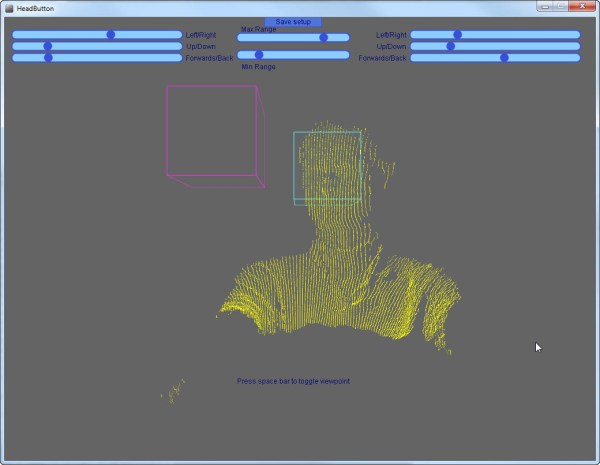
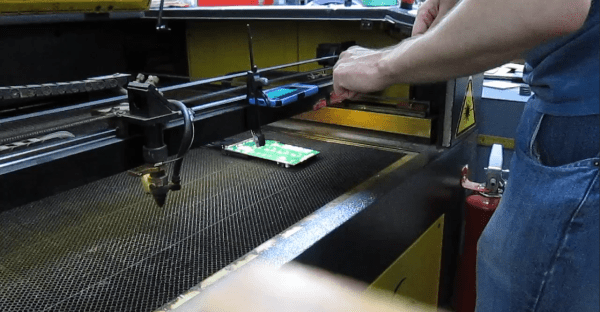
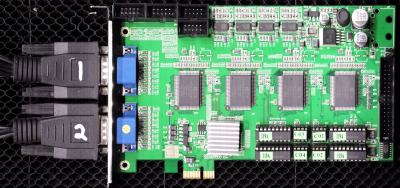
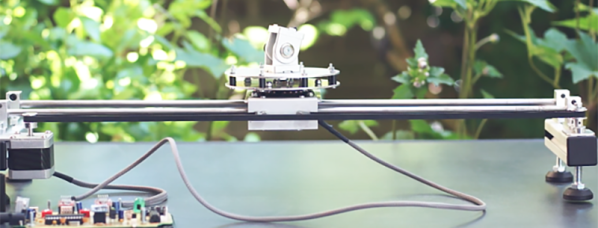
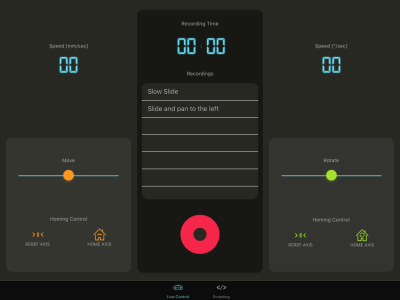 The camera slider is a two-axis ordeal, with one axis sliding the camera along two solid rails, and the other panning the camera. The circuit board was milled by the guys and includes an ATMega328 controlling two Pololu stepper drivers. An ESP8266 is thrown into the mix, and is easily implemented on the device; it’s just an MAX232 chip listening to the Tx and Rx lines of the WiFi module and translating that to something the ATMega can understand.
The camera slider is a two-axis ordeal, with one axis sliding the camera along two solid rails, and the other panning the camera. The circuit board was milled by the guys and includes an ATMega328 controlling two Pololu stepper drivers. An ESP8266 is thrown into the mix, and is easily implemented on the device; it’s just an MAX232 chip listening to the Tx and Rx lines of the WiFi module and translating that to something the ATMega can understand.










